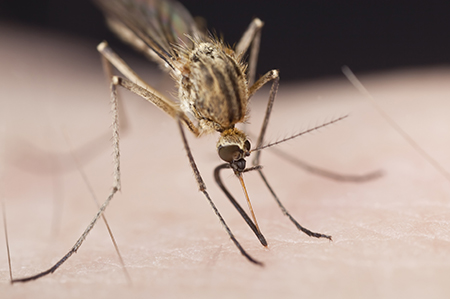
Previously unaffected areas of Africa, Asia, and South America could be at risk from malaria as the infection moves into upland areas by the end of the century, a University of Liverpool study has shown.
For the first time, scientists have compared the latest predictions for global warming with a range of statistical models, commonly used to predict the spread of malaria. The models showed that in 2080, the climate at higher altitudes will become increasingly suitable for malaria, affecting millions of people: mainly in Africa, and to a lesser extent in Asia and South America.
Additional 100 million people exposed
In eastern Africa this could result in an additional 100 million people being exposed to malaria by the end of the 2080s.
Dr Cyril Caminade, a population and epidemiology researcher who led the project, said: “There has been a lot of uncertainty about how malaria will spread as a result of climate change, but by using all of the models available to us, we’ve been able to pin down a few highly likely scenarios which can be confidently planned for by governments.”
“What is clear is that diseases such as malaria are going to be moving and this is a crucial element of how we prepare for the effects of climate change.”
In 2010, 677,000 people – 86% of them under five – died of malaria around the world. This is a greatly reduced figure from earlier in the century, due to a global push from various organisations such as the World Health Organisation, the Bill and Melinda Gates Foundation and the World Bank, which drastically cut incidences of the disease in Africa, Asia and South America.
Changing climate
However, the researchers found that the changing climate will allow malaria to move into higher altitudes during warmer seasons and become permanently resident in larger areas.
The comparison of all of the models has not been carried out before, and by doing so, the researchers were able to find that malaria spreading to tropical highland areas was the one area in which the models agreed.
There was distinct variation in other parts of the world. Two of the models predicted that malaria would move northwards – eventually spreading into Europe, Russia and North America. Others showed that malaria would move north, but only as far as North Africa, where it was eliminated in 20th Century.
The paper can be read here.